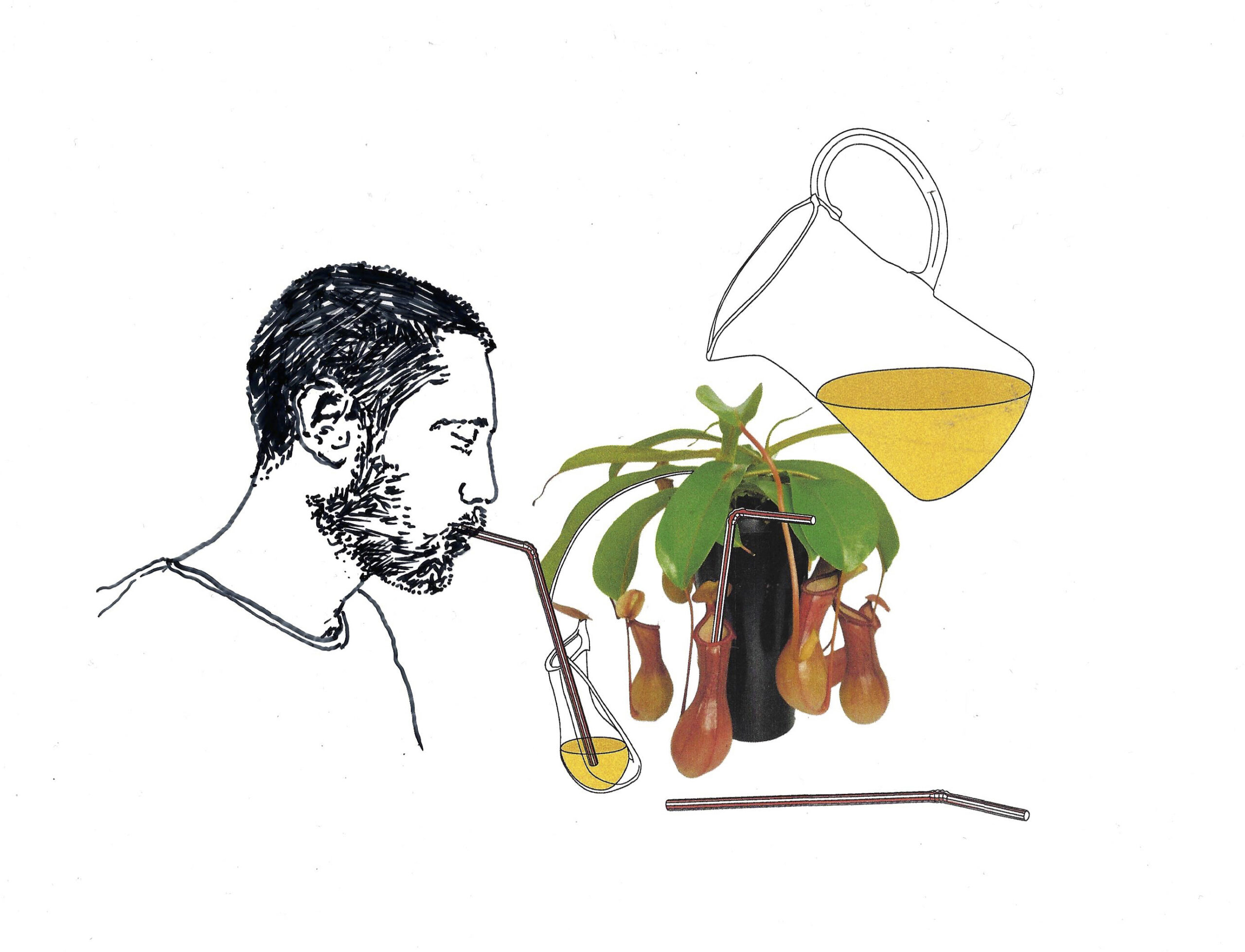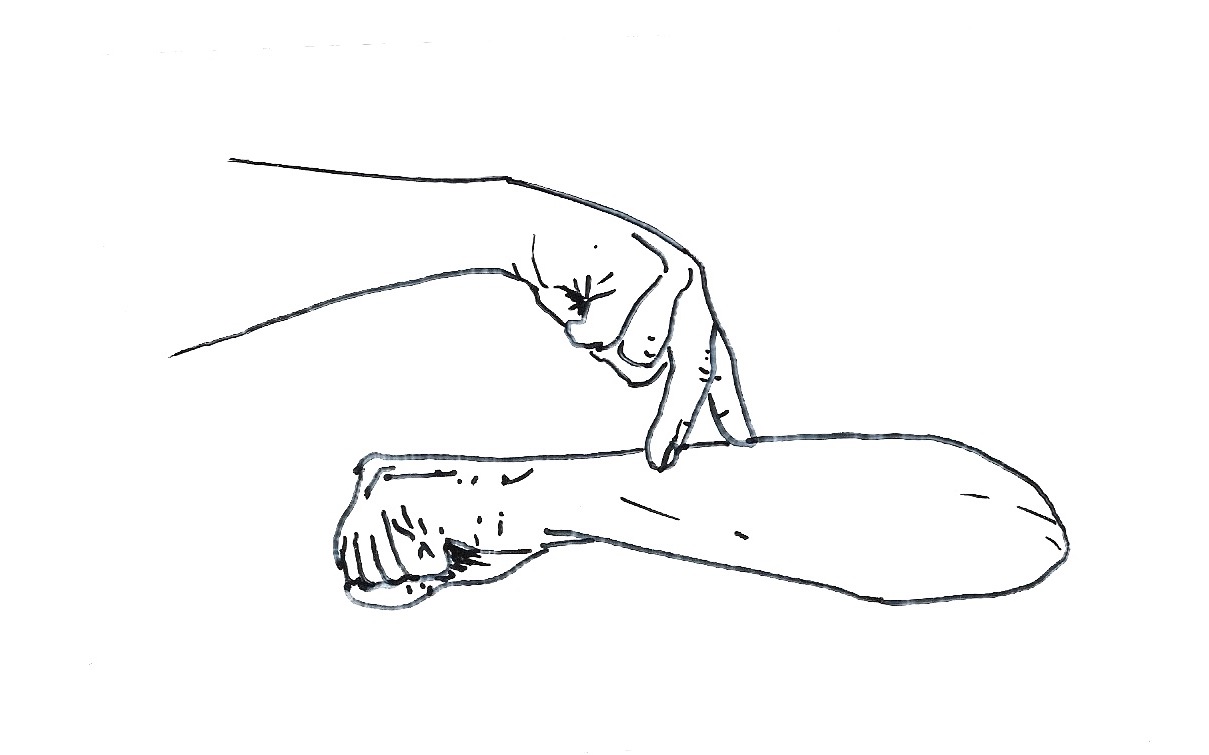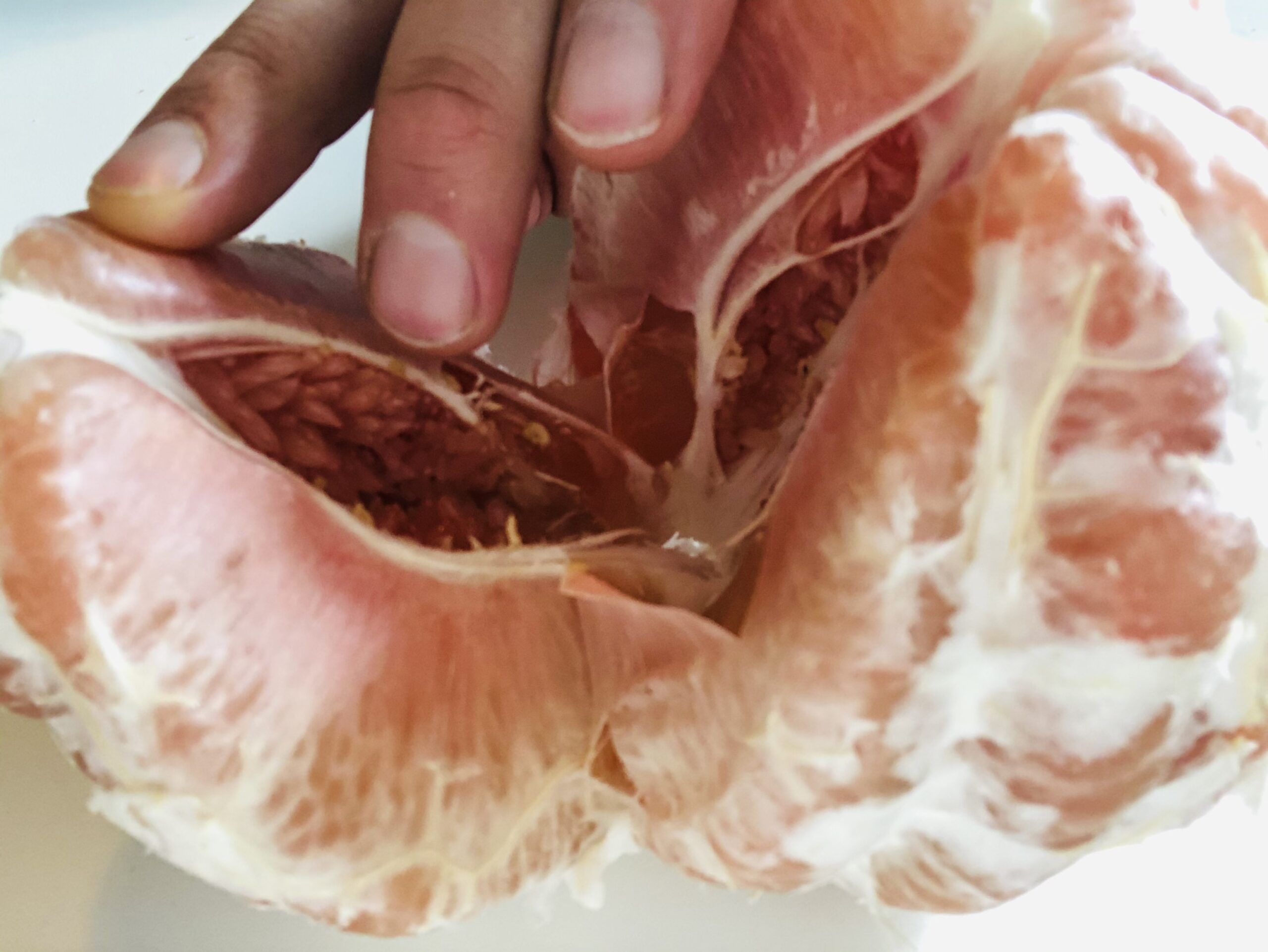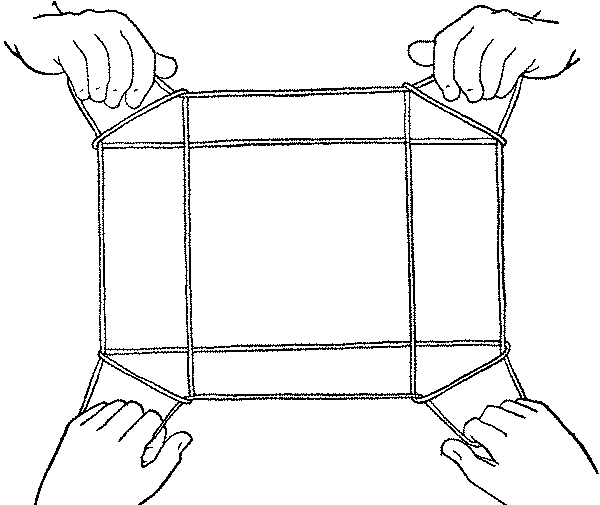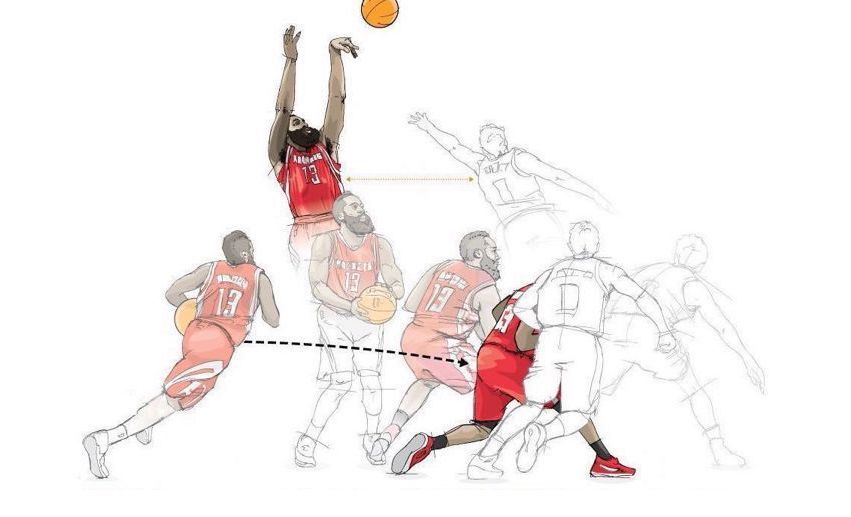Eating Soup with a Carnivorous Plant
Until well into the 19th century carnivorous plants did not exist. People simply could not accept that plants were also hunters and could consume meat. This belief blinded us to the obvious signs that plants were indeed eating meat. After all, observation is usually not a neutral activity but the projecting of an expectation. When an insect or small mammal became entangled in sticky tentacles, or drowned in a chalice full of digesting juices, it was considered an accident or the result of a defense mechanism of the plant. In the end, it was Charles Darwin who, through careful observation, concluded that meat consumption by plants did indeed happen and that it was an evolutionary adaptation to specific environmental factors. In his 1875 book Insectivorous Plants, he describes how plants capture and kill insects, as well as the origins of the specialized organs that carnivorous species evolved. In fact, carnivores evolved at least seven times, independently of each other. The carnivore behaviour is mainly an adaptation to a very nutrient-poor environment. It is only when phosphorus and nitrogen and some other key components are lacking that it makes sense for plants to take these nutrients from meat. In the popular literature of the time, a lively genre of what you might call carnivori-porn emerged in which the relatively modest plants were blown up into grotesque man-devouring monsters. In reality, their evolution was moving in an entirely different direction. After a period in which meat was eaten in order to survive a number of carnivorous plants became vegetarian again. Sometimes this only happens after the plant’s adolescence. Apparently the young plants need a little more than the mature ones. In other cases, an alternative food source was found through collaboration with other species, such as the droppings of insects, mice and bats. A number of carnivores also switched to the consumption of algae, pollen, leaves and other plant material. Eating meat in these cases seems to have been a temporary adaptation until other nutrients became available. In a nutrient-rich climate, plants rarely eat meat.

The wondrous and inspiring journey of the vegetarian carnivorous plant inspired the creation of an intimate and species-transcending meal: Nephenthes alata (Monkeyjar) & Homo sapiens (Human) together consume vegetable soup from the cup of the formerly carnivorous plant.


